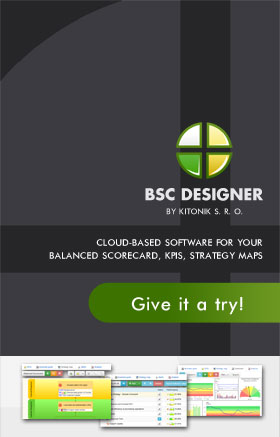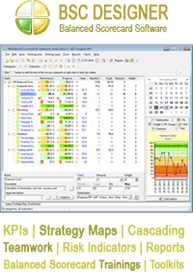Four Focus Areas When Using the Inn Scorecard
It is surprising to know that even the smallest thing that an innkeeper does to his hotel or inn can bring a significant impact on his business. Even the putting up of photographic artworks, paintings, and carvings on the walls of the receiving area can affect sales. The simple act of mounting artworks, figurines, and expensive ornaments on the halls of the hotel is a sales strategy. However, there is no guarantee that this will work even if other hotels have tested and proven this move already. Hotel managers need a tool that will them determine if every strategy they materialize aligns perfectly with their company goal. Such is the use of the inn scorecard.
To understand the usage of the inn or hotel scorecard better, every manager should be able to have a good background on the appropriate indicators to use. Indicators are simply the key areas for which the scorecard measures. As in the example mentioned earlier, it can be the sales group’s marketing activity. Performance indicators vary from department to department. The ultimate goal is to know if the activity is productive or not. Also popular for the term KPI, indicators are important in a hotel organization in order to have reliable record of the direction the company is going. Formulating indicators is easy because managers can draw this from different areas of operation. The difficult part though is determining which area is noteworthy of value to the inn.
A typical set of hotel and inn management balanced scorecard consists of the following performance indicators: salary cost as a proportion of total sales, yearly operational profit per hotel room, cost of food as a proportion of the food sales, and percentage of augment in labor costs. These are actually just some of the possible scorecard indicators. Even more, the inn manager draws his indicators from four categories: financial perspective, customer perspective, efficiency, and staff perspective. The financial perspective category, in general, forms a significant percentage of the inn-balanced scorecard. The goal of measuring the financial perspective is to maintain a financial balance in the hotels’ daily operations.
The objective of measuring customer perspective is to determine how the company relates, appears, and approaches the customers in terms of giving good hotel service. The customers are always the ultimate user and they can help in providing feedback, supplying and endorsing complaints, and filling up response or customer review forms. These, along with the percentage of customer frequency as a proportion of the total customers, are the best indicators for measuring customer perspective.
The efficiency perspective focuses more on how the company is doing in terms of sales, operational, and accommodation strategies. Measuring efficiency often entails the evaluation of technologies that aid in making Internet bookings and reservations. Scorecard measures areas like the proportion of booked rooms through phone reservations and Internet bookings, number of occupied rooms, and more. In as much as there is a need to measure monetary, end-user, and efficiency perspectives, the hotel managers should also evaluate the performance of the staff. Possible indicators can be staff turnover, average span of employment, and training program turnovers.
By observing all the four important areas, the hotel or inn scorecard is a powerful tool that can harness the energy of each person in the company and align each one’s efforts towards the ultimate goals.
—
If you are interested in inn scorecard, check this web-site to learn more.


